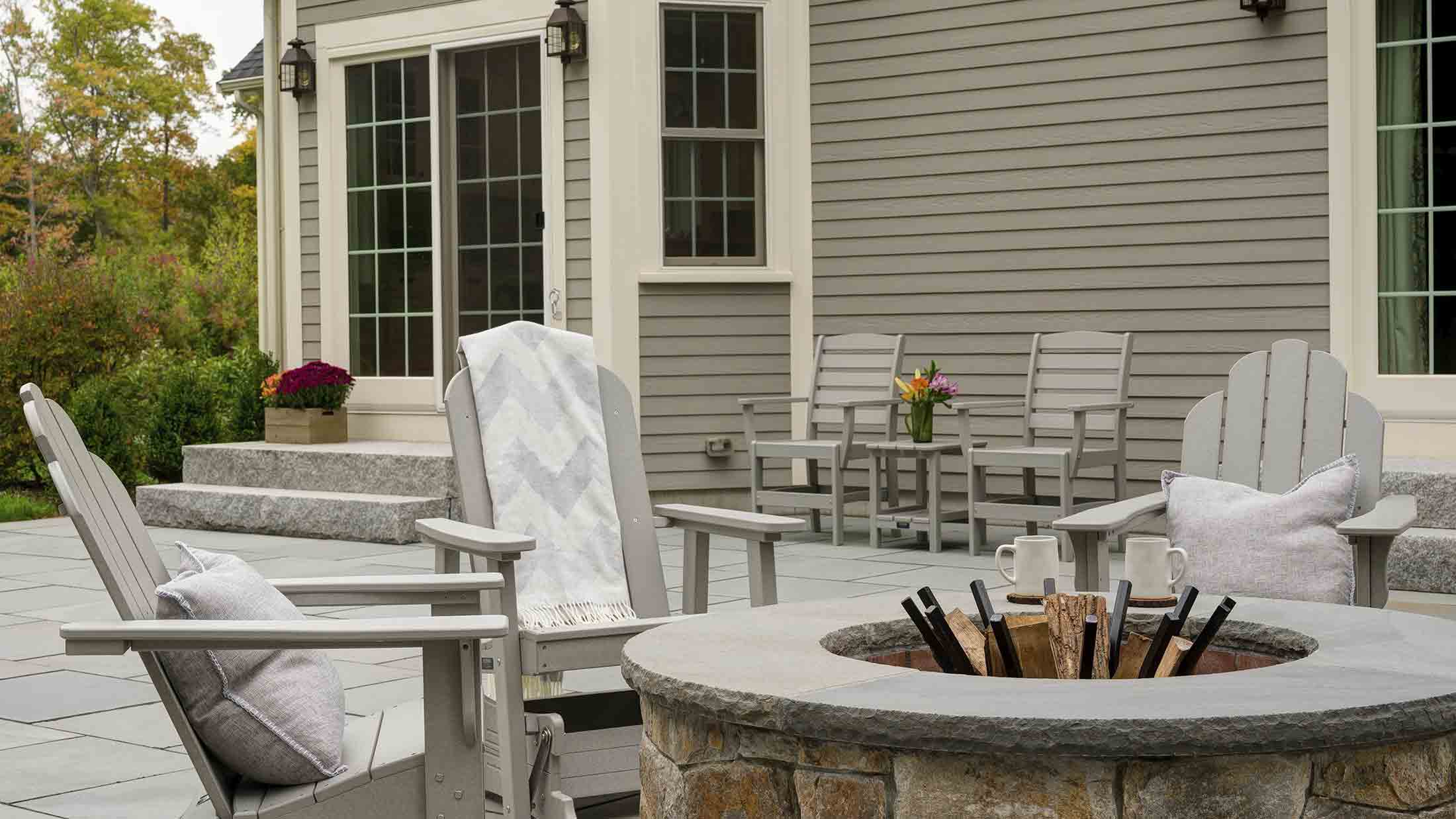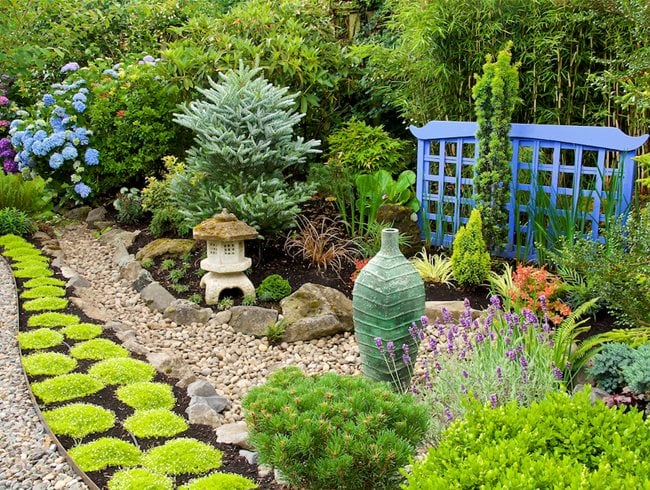The Main Principles Of Landscapers
The Main Principles Of Landscapers
Blog Article
The Only Guide for Landscapers
Table of ContentsThe Best Strategy To Use For LandscapersThe Basic Principles Of Landscapers Excitement About LandscapersLittle Known Facts About Landscapers.Getting The Landscapers To Work
- A tree or shrub (hedge) that loses its leaves in winter. In the PNW there are semi-deciduous or semi-evergreen plants that may shed their fallen leaves depending on how cool the wintertime is. Abelia and some hebe are excellent instances. Landscapers. - A level celebration area, made of timber or composite material (made to resemble timber), generally surrounding or connected to a framework.

This is a natural procedure, and the result can be used for courses and patio areas. - Secret landscape features being suggested in a landscape layout strategy.
Indicators on Landscapers You Should Know
These goals assist the layout procedure, not the designer's design or choices. Typical layout goals in Portland are low maintenance, drought forgiving, and animal friendly.
Over time this layer can get very thick and make it hard for water, sun, and nutrients to get to parts of the turf.- The procedure of accumulating and regulating the flow of water on a building. This can be made with grading, French drains pipes, completely dry wells, absorptive surface areas, sump pump, rainfall gardens, and more.
Quality at the end of hillsides, with all-natural springs, or complete of heavy clay have one of the most drainage troubles.- A sluggish feeding irrigation system that utilizes flexible tubes and emitters to send a precise amount of water to each plant. This is the most effective technique of irrigating plants. - The ability of a plant to endure without much summer season water.
- A garden attribute where water is stood for by an accumulated rock item, generally a crushed rock or granite.- A stone or flagstone patio area, path, or pathway developed without a concrete base.
Little Known Questions About Landscapers.
- A rock keeping or cost-free standing wall built without using mortar. A very experienced mason is needed for a dry stack stone wall. The majority of wall surfaces in Rose city are not dry piled, even if they show up to be. - A below ground structure that collect water and enables it to reduce percolate into the soil around it.
Landscape style that is compatible with a sites' setting in both appearance and sustainability without unfavorable effects to the environment. Bordering in the landscape is a line of demarcation that produces visual interest in the garden by separating one sector from an additional segment.
Locations can also have a sensation of "unit" offered by trees, various other growings, fences, or screens. The landscape near the access to a building. A tree, bush or vine, educated to expand on a wall or fence into a certain pattern. Especially useful for fruit trees, making it easy to collect the fruit and containing mess.
A plant that is not indigenous to the place where it will be grown. Thicker bladed turf grass that spread out via rhizomes.: The level of dirt on your residential or commercial property prior to bark dirt or garden compost is spread out.
The Buzz on Landscapers

The function, factor, or action that an area is be landscaped for. Space for expanding have a peek at these guys plants for checking out, consuming, or physical activity.
Reduced plants that are allowed or urged to spread out over a location. my link Can refer to any type of "difficult" yard components including statuary or rocks however many commonly is utilized to refer to courses, patio areas, and walls.: Height distinction in between the level of water in a fish pond (or the degree of the pump if it rests outside the pond) and the upper electrical outlet of water which influences efficiency of the water pump in gph (gallons per hour).

The 2-Minute Rule for Landscapers
Conventional PNW landscapes are casual. A plant that spreads more than preferred, or into environments where it does damage.
Can consist of head placements and coverage, pipe sizing, GPM specs, and products required to install this system. Accredited specialist that develops landscapes, educated in design and style as well as in cultivation.
Landscape designers usually have much less education than Landscape Architects and are not licensed. A completed landscape layout, describing all elements for the new landscape.
Calcium product used to increase the pH in dirt, which will make it much less welcoming to moss. A water tight HDPE product used below ponds, streams and waterfalls in water attributes. Making use of many plantings of the same use this link variety to fill up in a location in the landscape. This can lower upkeep and water usage in the garden.
Report this page